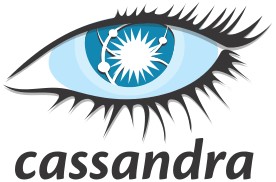Certify and Increase Opportunity.
Be
Govt. Certified Apache Cassandra Professional
Introduction of Apache Cassandra
Apache Cassandra is an open source distributed database management system designed to handle large amounts of data across many commodity servers, providing high availability with no single point of failure. Cassandra offers robust support for clusters spanning multiple datacenters, with asynchronous masterless replication allowing low latency operations for all clients.
Cassandra also places a high value on performance.
Cassandra’s data model is a partitioned row store with tunable consistency. Rows are organized into tables; the first component of a table’s primary key is the partition key; within a partition, rows are clustered by the remaining columns of the key. Other columns may be indexed separately from the primary key.
Tables may be created, dropped, and altered at runtime without blocking updates and queries.
Cassandra does not support joins or subqueries, except for batch analysis via Hadoop. Rather, Cassandra emphasizes denormalization through features like collections.
Apache Cassandra is a high performance, extremely scalable, fault tolerant (i.e. no single point of failure), distributed post-relational database solution. Cassandra combines all the benefits of Google Bigtable and Amazon Dynamo to handle the types of database management needs that traditional RDBMS vendors cannot support.
Apache Cassandra is the chosen technology for data-driven organizations as Netflix, eBay, Constant Contact, Adobe, Comcast, Barracuda Networks and scores of others.
-wikipedia
Further, topics covered under this section includes –
Apply for Apache Cassandra Certification Now!!
http://www.vskills.in/certification/Certified-Apache-Cassandra-Professional


